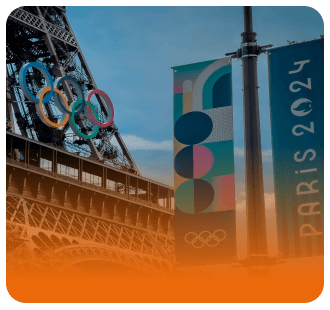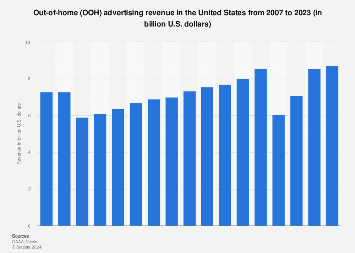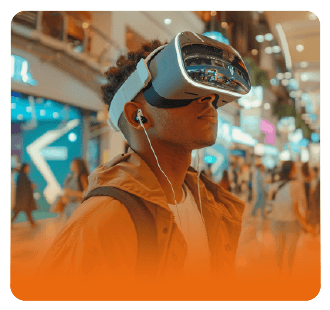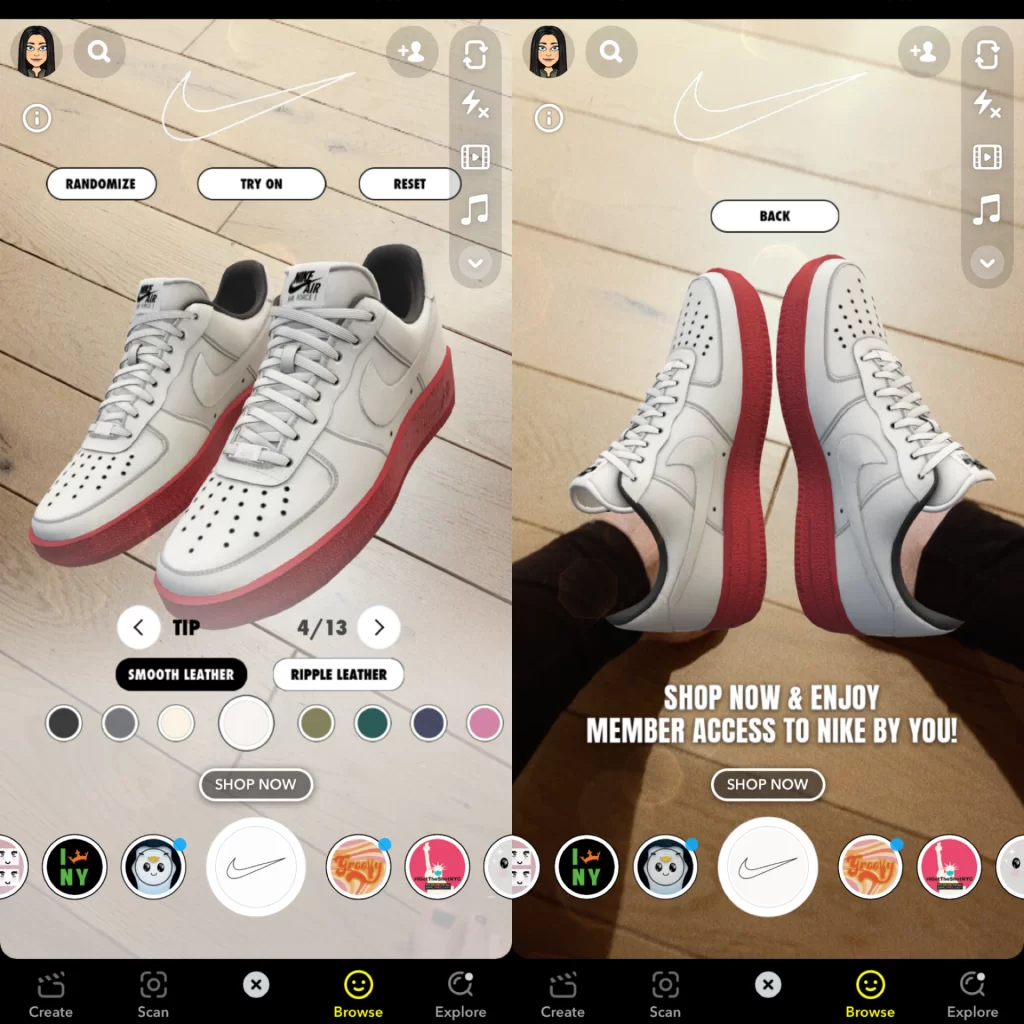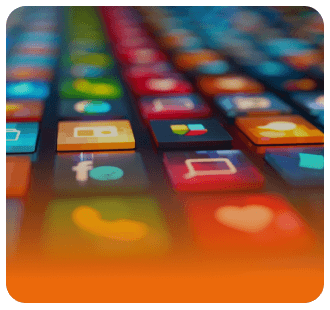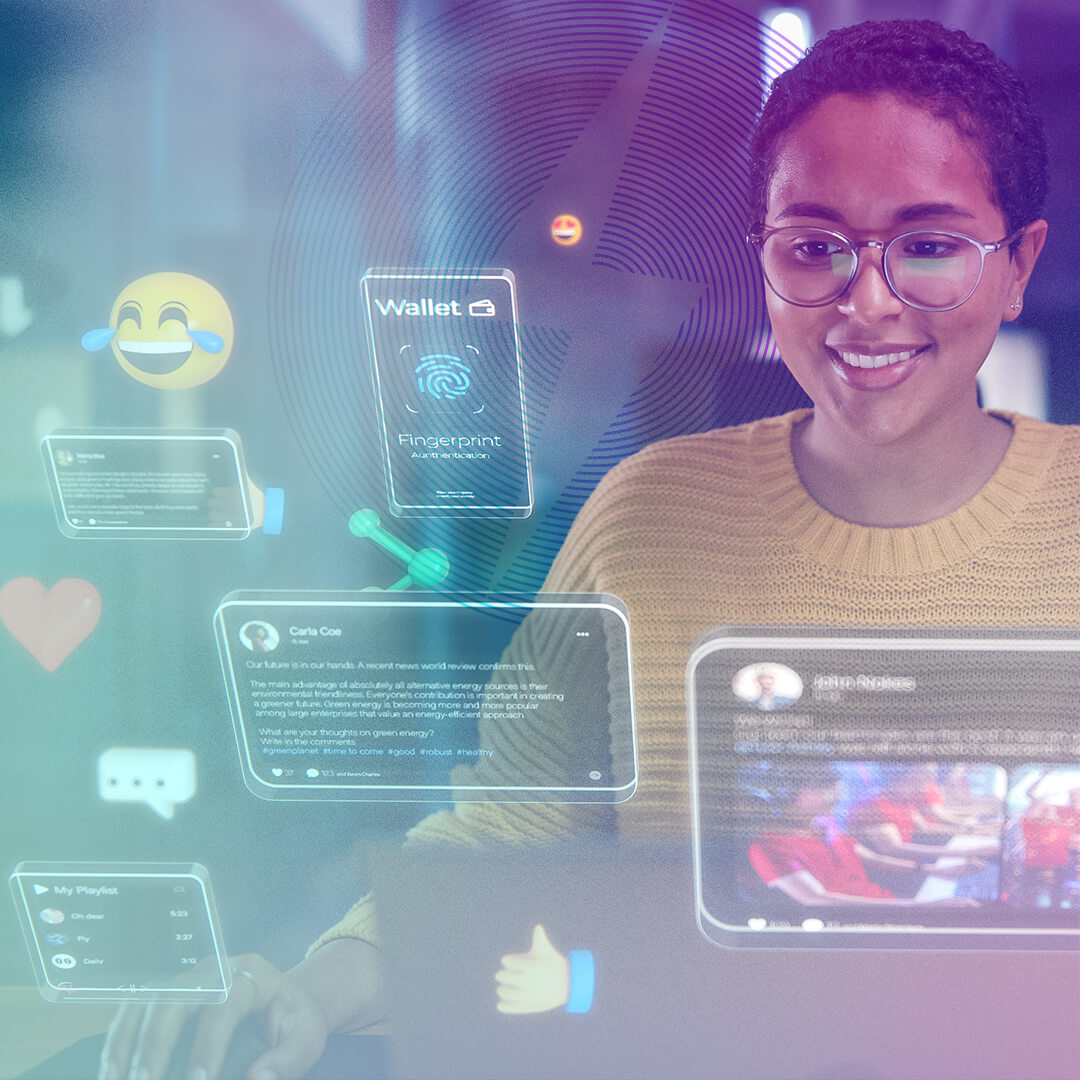The Olympic Games are a global spectacle that captures the attention of millions. This presents an unparalleled opportunity for digital marketers to connect with a worldwide audience. The convergence of sports, culture, and media at the Olympics provides a fertile ground for innovative marketing strategies. Digital marketing, with its dynamic tools and platforms, allows brands to create engaging, interactive experiences that resonate with diverse audiences.
The Global Reach of the Olympic Games
Every four years, the Olympics draw spectators from every corner of the globe. The Games’ universal appeal, transcending geographical and cultural boundaries, makes them ideal events for global marketing campaigns. The Olympics are broadcast in hundreds of countries, with billions of viewers tuning in. This extensive reach enables brands to showcase their messages to a vast and varied audience, enhancing brand visibility and recognition on an unprecedented scale.
A global audience is essential for the success of the Olympic Games. The diverse viewership boosts the Games’ popularity and increases the value of sponsorship and advertising. Engaging a global audience ensures that the spirit of the Olympics—unity, sportsmanship, and international cooperation—is upheld. For marketers, reaching this audience means tapping into new markets and expanding their brand’s footprint worldwide.
Digital Marketing Fundamentals
Digital marketing involves using digital channels to promote or market products and services to consumers and businesses. Key components include content marketing, search engine optimization (SEO), social media marketing, and email marketing. Each plays a crucial role in creating a comprehensive digital marketing strategy that drives engagement and conversion.
Social Media’s Role in Olympic Marketing
Social media platforms are indispensable in Olympic marketing. They provide real-time interaction with audiences, allowing for immediate feedback and engagement. Platforms like Instagram, Twitter, and Facebook enable brands to share behind-the-scenes content, athlete interviews, and live updates. This real-time content keeps the audience engaged and fosters community and excitement around the Games.
Crafting a Compelling Narrative for the Olympics
A compelling narrative is the cornerstone of effective Olympic marketing. Stories that highlight athletes’ perseverance, dedication, and triumphs resonate deeply with audiences. Marketers can craft narratives that focus on the athletes and the cultural and human-interest stories surrounding the Games. This approach humanizes the event, making it more relatable and engaging for the audience.
- Identify Key Themes: Begin by pinpointing central themes that align with the Olympic spirit, such as resilience, unity, or the pursuit of excellence. These themes should resonate with both the audience and the athletes’ journeys.
- Research Athlete Stories: Dive into the backgrounds of Olympic athletes. Learn about their challenges, motivations, and personal stories. This will help you create relatable and inspiring content that audiences can connect with.
- Utilize Emotion: Tap into the emotional aspects of the Olympic experience. Highlight moments of triumph, heartbreak, or sacrifice. By evoking emotions, marketers can strengthen the bond between the audience and the athletes.
- Incorporate Visuals: Use high-quality visuals, such as photographs or videos, to enhance storytelling. Visual content captures attention and can powerfully convey the narrative, allowing audiences to feel the emotions behind each story.
- Engage Your Audience: Involve the audience by encouraging them to share their thoughts and experiences related to the themes you present. This interaction can foster a sense of community and deepen engagement.
- Consistency Across Platforms: Ensure the narrative is consistent across all marketing channels, from social media to email campaigns. A cohesive story helps reinforce the brand message and build a unified promotional campaign.
- Measure and Adjust: After launching your narrative campaign, track its performance using analytics tools. Gather insights on audience engagement and adapt the narrative strategy to maximize impact.
Content Creation and Distribution for a Global Audience
Creating and distributing content for a global audience requires a strategic approach. Content should be tailored to different cultures and languages to ensure it resonates with diverse audiences. Utilizing various formats, such as blogs, videos, and infographics, can also help cater to different audience preferences. Distribution channels should be carefully selected to maximize reach and engagement.
Localized Content Strategies to Engage Diverse Audiences
Localization involves adapting content to fit the cultural and linguistic context of different regions. This strategy is crucial for engaging diverse audiences during the Olympics. Localized content demonstrates cultural sensitivity and relevance, which can significantly enhance audience engagement and brand perception. This may include translating content, using local idioms, and referencing culturally significant events or figures.
SEO is critical for ensuring Olympic-related content reaches the intended audience. Best practices include using relevant keywords, optimizing meta descriptions, and creating high-quality, engaging content. Additionally, leveraging backlinks from reputable sites can boost content credibility and search engine ranking, increasing visibility and reach.
Paid Advertising Techniques for Olympic Campaigns
Paid advertising, including pay-per-click (PPC) and social media ads, can significantly enhance the reach of Olympic marketing campaigns. These techniques allow brands to target specific demographics and regions, ensuring the content reaches the most relevant audience. Strategic ad placements during peak viewing times can maximize impact and return on investment.
Digital marketing offers unparalleled opportunities to connect with global audiences during the Olympic Games. By leveraging the right strategies and tools, brands can create engaging, impactful campaigns that resonate with diverse audiences. The key to success lies in innovation, adaptability, and a deep understanding of the audience.
Brands looking to maximize their impact during the Olympic Games should implement these strategies now. By planning, staying informed about emerging trends, and continuously refining their approach, they can achieve significant success and leave a lasting impression on a global audience.

